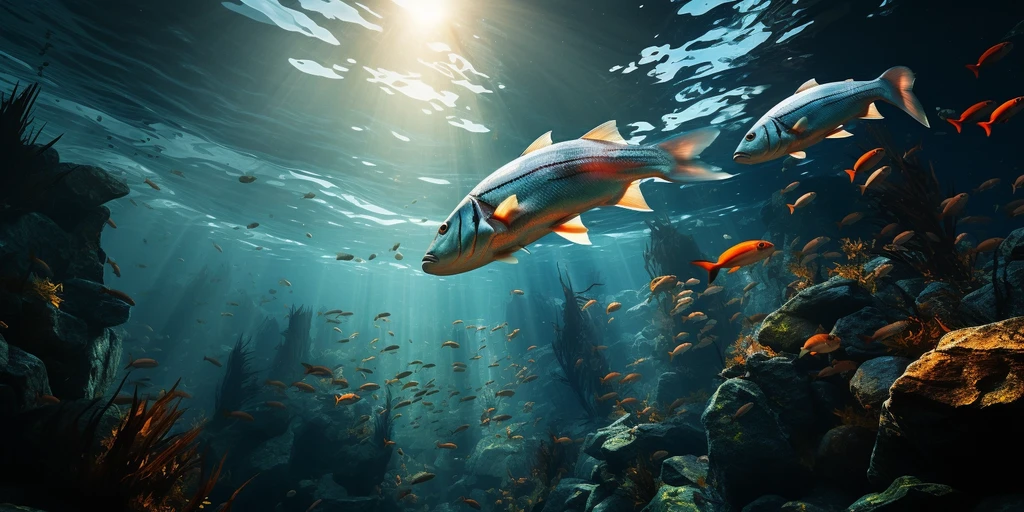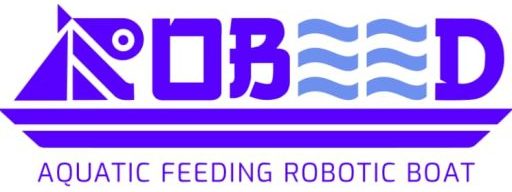
Protecting Aquatic Ecosystems: Understanding Threats to Aquatic Life
Introduction:
Aquatic ecosystems are home to a diverse array of species and provide essential services such as food production, water purification, and climate regulation. However, these valuable ecosystems face numerous threats that jeopardize their health, integrity, and resilience. In this blog, we explore the key factors threatening aquatic life and discuss strategies to mitigate these threats and safeguard our oceans, rivers, and lakes for future generations.
1. Pollution:
Pollution poses a significant threat to aquatic life, with sources ranging from industrial discharge and agricultural runoff to plastic debris and chemical contaminants. Pollution can disrupt aquatic ecosystems by contaminating water bodies, degrading water quality, and harming aquatic organisms. Chemical pollutants such as heavy metals, pesticides, and pharmaceuticals can accumulate in sediments and bioaccumulate in aquatic organisms, leading to toxic effects and ecosystem disruption. Additionally, plastic pollution threatens marine life through ingestion, entanglement, and habitat destruction, posing risks to species health and biodiversity.
To address pollution threats to aquatic life, concerted efforts are needed to reduce pollutant inputs, improve waste management practices, and promote sustainable consumption and production. Implementing pollution control measures, such as wastewater treatment, regulatory enforcement, and public education campaigns, can help minimize the impacts of pollution on aquatic ecosystems and protect the health and integrity of our waterways.
2. Habitat Loss and Degradation:
Habitat loss and degradation are significant threats to aquatic life, resulting from urbanization, deforestation, land reclamation, and infrastructure development. These activities can alter natural hydrological regimes, fragment habitats, and degrade water quality, leading to habitat loss and decline in species abundance and diversity. Destruction of wetlands, mangroves, and coral reefs deprives aquatic organisms of essential breeding, feeding, and nursery habitats, disrupting critical life cycle processes and diminishing ecosystem resilience.
To mitigate habitat loss and degradation, conservation efforts must prioritize habitat restoration, protected area designation, and land-use planning that balances development needs with ecological sustainability. Restoring degraded habitats, establishing marine protected areas, and implementing habitat connectivity measures can help maintain ecosystem function and support the recovery of aquatic species populations, ensuring the long-term health and resilience of aquatic ecosystems.
3. Overfishing and Unsustainable Harvesting:
Overfishing and unsustainable harvesting practices pose significant threats to aquatic life by depleting fish stocks, disrupting food webs, and compromising ecosystem health. Unsustainable fishing practices, such as overexploitation, illegal fishing, and destructive fishing methods, can lead to the collapse of fish populations, loss of biodiversity, and destabilization of marine ecosystems. Bycatch, the incidental capture of non-target species, further exacerbates the impacts of overfishing, contributing to species declines and ecosystem degradation.
To address overfishing and unsustainable harvesting, fisheries management strategies must prioritize science-based quotas, gear restrictions, and ecosystem-based approaches that promote sustainable resource use and conservation. Implementing effective fisheries management plans, enforcing regulations, and supporting alternative livelihoods can help rebuild depleted fish stocks, restore ecosystem balance, and ensure the long-term viability of aquatic fisheries for future generations.
4. Climate Change:
Climate change poses a pervasive threat to aquatic life through its impacts on ocean temperatures, sea level rise, ocean acidification, and extreme weather events. Rising temperatures can alter marine habitats, disrupt species distributions, and exacerbate the frequency and intensity of marine heat waves, leading to coral bleaching, habitat loss, and mass mortality events. Ocean acidification, resulting from increased carbon dioxide levels, can impair the calcification of shell-forming organisms, such as corals and mollusks, and disrupt marine food webs, affecting species survival and ecosystem function.
To address the impacts of climate change on aquatic life, concerted efforts are needed to reduce greenhouse gas emissions, enhance climate resilience, and promote adaptation measures. Implementing ecosystem-based adaptation strategies, such as habitat restoration, sustainable fisheries management, and marine spatial planning, can help mitigate the impacts of climate change on aquatic ecosystems and support the long-term survival of aquatic species.
Conclusion:
Aquatic ecosystems face a myriad of threats that jeopardize the health, integrity, and resilience of these invaluable habitats. From pollution and habitat loss to overfishing and climate change, the challenges confronting aquatic life are multifaceted and interconnected, requiring holistic and collaborative approaches to address. By prioritizing conservation, sustainability, and ecosystem resilience, we can mitigate the threats to aquatic life and safeguard the health and integrity of our oceans, rivers, and lakes for the benefit of present and future generations.

